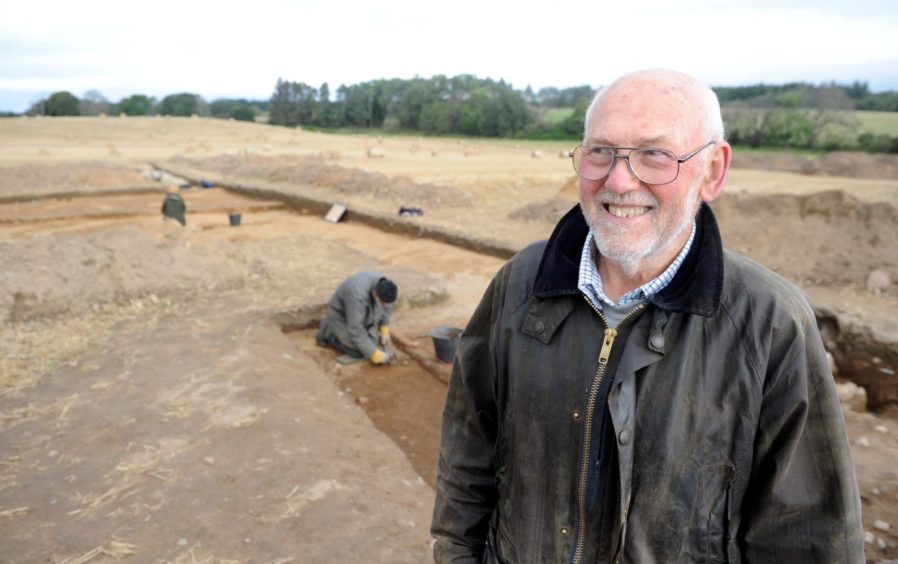Scores of people visited a vast and mysterious Pictish burial ground near Muir of Ord during an open day at the weekend.
The Tarradale Through Time project, led by archaeologist Eric Grant, has been focusing on a field at Tarradale farm where aerial photography and geophysics studies have suggested a Pictish cemetery, with many burial mounds known as barrows, lies beneath the surface.
About 40 community volunteers led by Mr Grant and site director Steven Birch have been digging in trenches over the expanse for the past two weeks, and say that a very large barrow cemetery lies a matter of feet beneath the hay field.
The barrows, up to 40 of them, are in enclosures ranging in size from around 10ft across to more than 150ft.
Archaeologists think the barrows may be in the region of 1,400 years old, with other features on the site possibly dating much further back into the prehistoric period.
The Picts were not buried with goods, so finds from the site have been few and far between.
What has been getting archaeologists excited are the marks left in the sandy soil by human activity.
Dark lines on the ground up to three feet below the surface delineate the enclosures where the mounds were placed.
One trench has revealed a large square enclosure with openings at the corners.
In another spot, which archaeologists discovered only two days ago, deposits show a possible log burial.
Mr Grant said: “The soil is sandy and acidic here, so any bones are long gone. However, if we are lucky we may recover fragments of charcoal which can help us date the site.”
Mr Birch said “It is a very important site, probably the second largest Pictish cemetery in Scotland, with a number of square and round barrows, as well as larger enclosures.
“We intend to evaluate the preservation and phasing of these features, obtaining radiocarbon dates from charcoal and bone samples to tell the story of site over time.”
